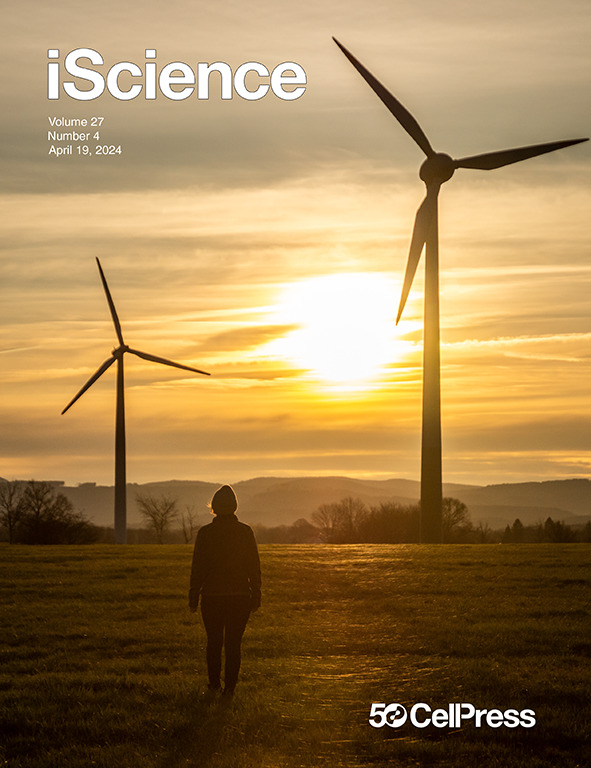Primary and metastatic cellular landscapes in human pancreatic cancer
IF 4.1
2区 综合性期刊
Q1 MULTIDISCIPLINARY SCIENCES
引用次数: 0
Abstract
Pancreatic ductal adenocarcinoma (PDAC) is characterized by a complex tumor microenvironment (TME). We utilized single cell RNA sequencing to compare the TMEs of metastatic sites and primary tumors. We detected increased prevalence of exhausted CD8+ T cells in metastases, as well as the enrichment of complement pathway encoding genes in immunosuppressive tumor-associated macrophages, consistent with profound immunosuppression in metastatic disease. In cancer-associated fibroblasts, we identified a unique upregulation of metabolic genes, including UPP1, in metastasis. In cancer cells, we uncovered a specific gene signature upregulated in liver metastases; this signature was present in a proportion of primary tumors in the TCGA dataset, where it correlated with worse survival. Overall, our analysis of primary and metastatic PDAC defines a “high-risk” gene signature, metabolic reprogramming, and increased immune suppression in metastasis.

人胰腺癌的原发性和转移性细胞景观
胰腺导管腺癌(PDAC)具有复杂的肿瘤微环境(TME)的特点。我们使用单细胞RNA测序来比较转移部位和原发肿瘤的TMEs。我们检测到转移性肿瘤中耗竭的CD8+ T细胞的发生率增加,以及免疫抑制性肿瘤相关巨噬细胞中补体通路编码基因的富集,这与转移性疾病中严重的免疫抑制一致。在癌症相关的成纤维细胞中,我们发现了一种独特的代谢基因上调,包括UPP1,在转移中。在癌细胞中,我们发现了一个特定的基因信号在肝转移中上调;这一特征存在于TCGA数据集中的一部分原发性肿瘤中,与较差的生存率相关。总的来说,我们对原发性和转移性PDAC的分析定义了“高风险”基因标记、代谢重编程和转移中免疫抑制的增加。
本文章由计算机程序翻译,如有差异,请以英文原文为准。
求助全文
约1分钟内获得全文
求助全文
来源期刊

iScience
Multidisciplinary-Multidisciplinary
CiteScore
7.20
自引率
1.70%
发文量
1972
审稿时长
6 weeks
期刊介绍:
Science has many big remaining questions. To address them, we will need to work collaboratively and across disciplines. The goal of iScience is to help fuel that type of interdisciplinary thinking. iScience is a new open-access journal from Cell Press that provides a platform for original research in the life, physical, and earth sciences. The primary criterion for publication in iScience is a significant contribution to a relevant field combined with robust results and underlying methodology. The advances appearing in iScience include both fundamental and applied investigations across this interdisciplinary range of topic areas. To support transparency in scientific investigation, we are happy to consider replication studies and papers that describe negative results.
We know you want your work to be published quickly and to be widely visible within your community and beyond. With the strong international reputation of Cell Press behind it, publication in iScience will help your work garner the attention and recognition it merits. Like all Cell Press journals, iScience prioritizes rapid publication. Our editorial team pays special attention to high-quality author service and to efficient, clear-cut decisions based on the information available within the manuscript. iScience taps into the expertise across Cell Press journals and selected partners to inform our editorial decisions and help publish your science in a timely and seamless way.
 求助内容:
求助内容: 应助结果提醒方式:
应助结果提醒方式:


